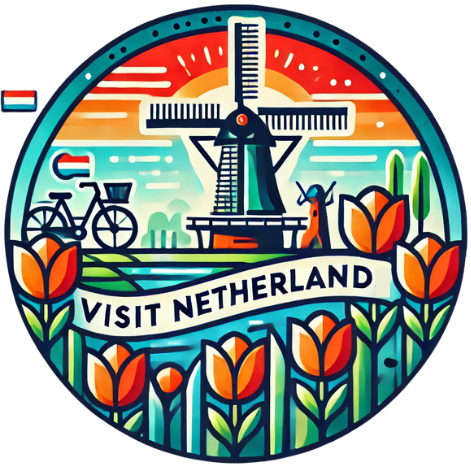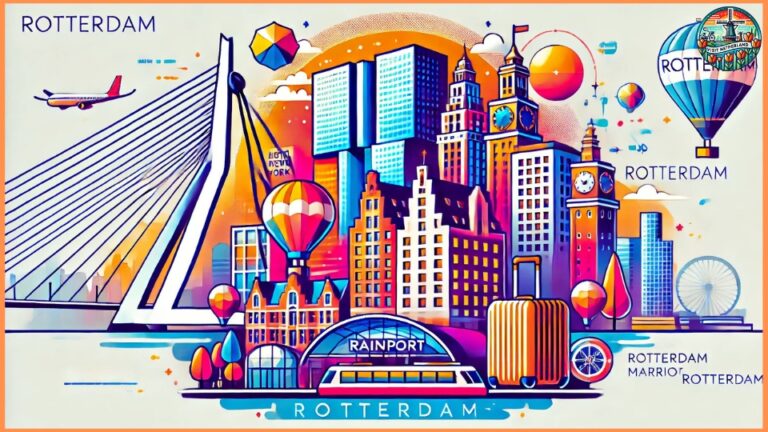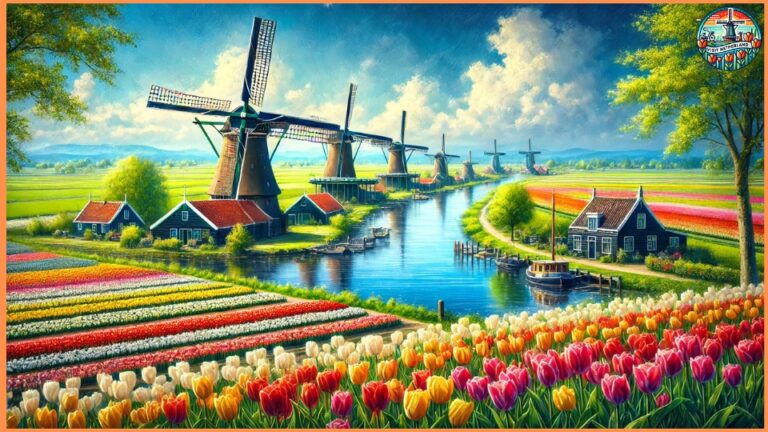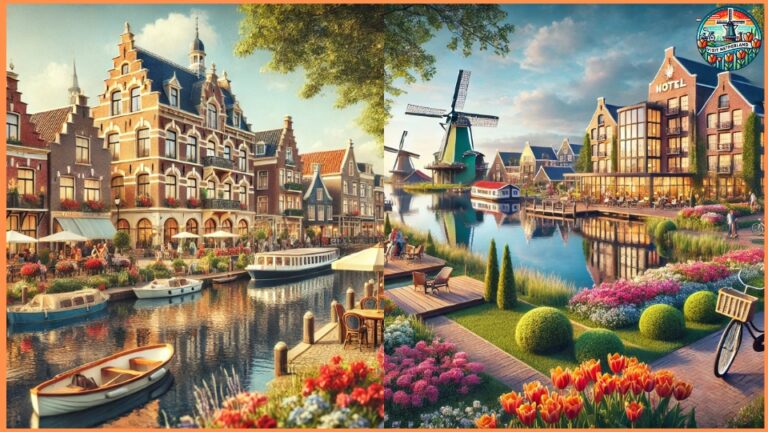How to Use the Public Transport in the Netherlands?
Public transport in the Netherlands is nothing but highly efficient, reliable, and well-connected, hence an excellent option for both the locals and tourists. The Dutch public transport system-from trams to buses, trains, and ferries-showcases the guarantee of smooth travel across the nation. We are going to look at a more in-depth analysis of what types of public transport are there, how to use it, and how to make your journey smooth in this given guide.
1. OV-Chipkaart: Your Key to Dutch Public Transport
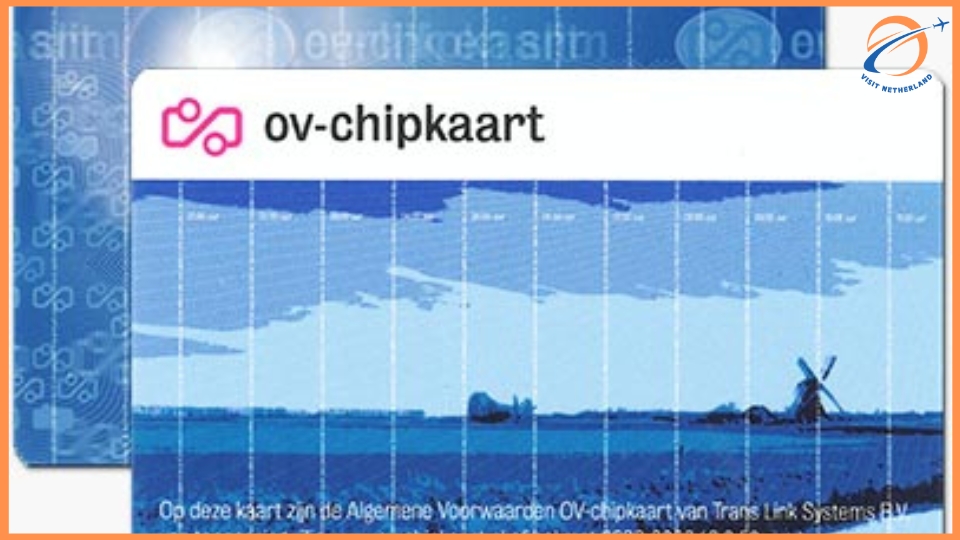
The OV-Chipkaart is the universal smart card used across all public transport in the Netherlands. It is crucial for anyone planning to use trains, trams, buses, and even some ferries.
Types of OV-Chipkaart:
Anonymous OV-Chipkaart: Ideal for tourists or occasional travelers. Available at vending machines, ticket counters, and convenience stores, this card can be recharged as needed.
Personal OV-Chipkaart: Suited for residents and frequent users. It is registered in your name and linked to a bank account for automatic top-ups.
To use the OV-Chipkaart, simply check in by holding your card against a card reader at the station or on the bus. Don’t forget to check out when you leave the vehicle, or you’ll be charged a higher fare.
Where to Buy and Top-Up:
Train stations: Automated machines available in English.
Supermarkets and kiosks.
Online for personal OV-Chipkaart holders.
2. Dutch Trains: Connecting Cities Efficiently
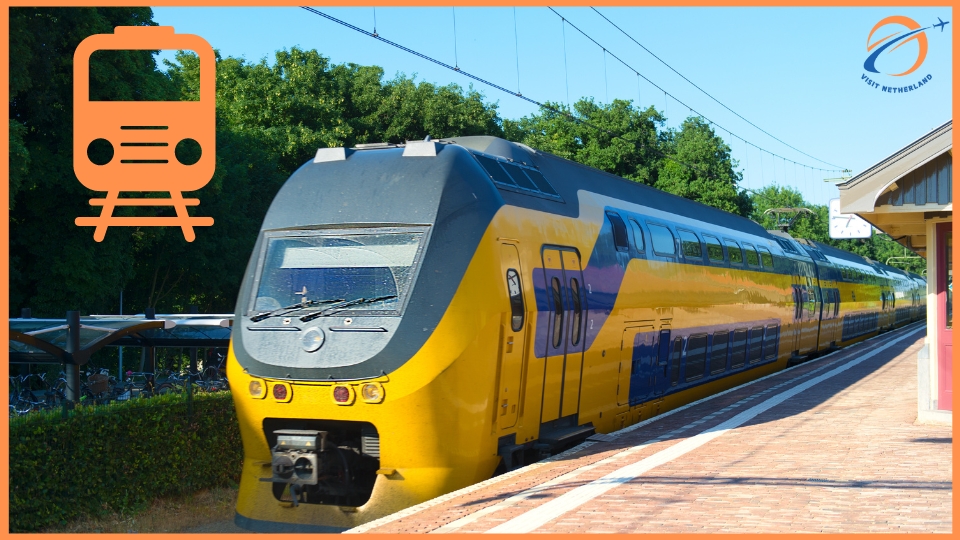
Trains in the Netherlands are the backbone of long-distance travel, operated mainly by Nederlandse Spoorwegen (NS). With a vast network connecting all major cities, towns, and even neighboring countries, trains are a popular mode of transport.
Train Types:
Sprinter: Stops at all local stations, perfect for shorter distances.
Intercity: Faster trains connecting major cities like Amsterdam, Rotterdam, and The Hague.
International Trains: High-speed services such as Thalys to Paris or Eurostar to London.
How to Use Dutch Trains:
Purchase a ticket or use your OV-Chipkaart.
Check schedules on the NS app or websites like 9292.nl.
Ensure you’re in the correct class (first or second) when boarding.
Pro Tips for Train Travel:
Peak Hours: Trains can get crowded between 7:00-9:00 AM and 4:30-6:30 PM. Avoid these times if possible.
Discount Cards: The NS Flex subscription offers discounted fares, especially for frequent travelers.
3. Buses and Trams: Navigating Cities with Ease
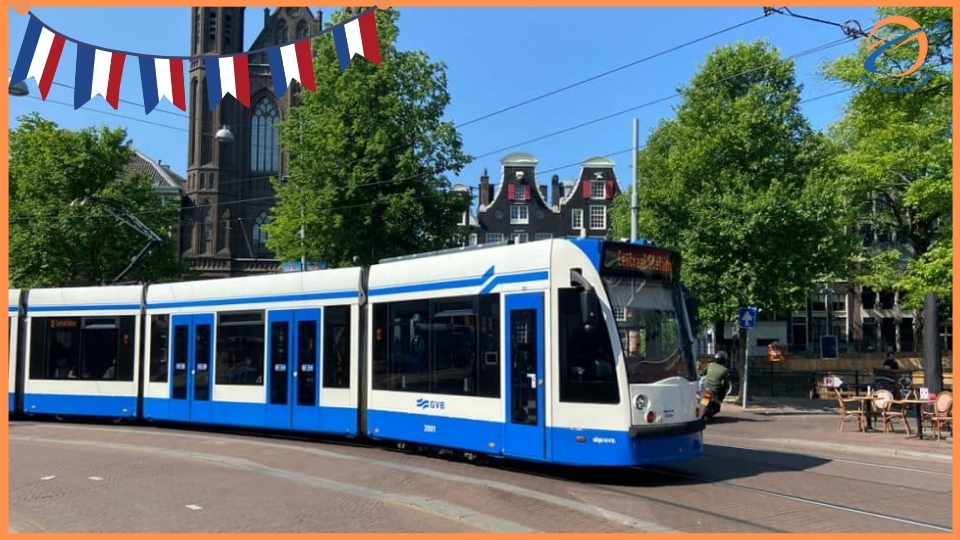
In Dutch cities, buses and trams are vital for navigating urban areas and reaching destinations not covered by trains. GVB in Amsterdam, RET in Rotterdam, and HTM in The Hague are the main providers.
Using Trams:
Trams are perfect for short city trips, offering a scenic way to explore places like Amsterdam or Utrecht. Simply tap your OV-Chipkaart on the reader when you enter and exit.
Using Buses:
Buses extend the reach of public transport into suburban and rural areas. While less frequent than trams, buses cover a vast network. Some regions also offer night buses, particularly on weekends.
Buying Tickets:
Use the OV-Chipkaart or purchase single-use tickets from the driver (cashless transactions).
For tourists, the I Amsterdam City Card includes unlimited travel on trams, buses, and metros within the city.
4. Metro Systems in the Netherlands
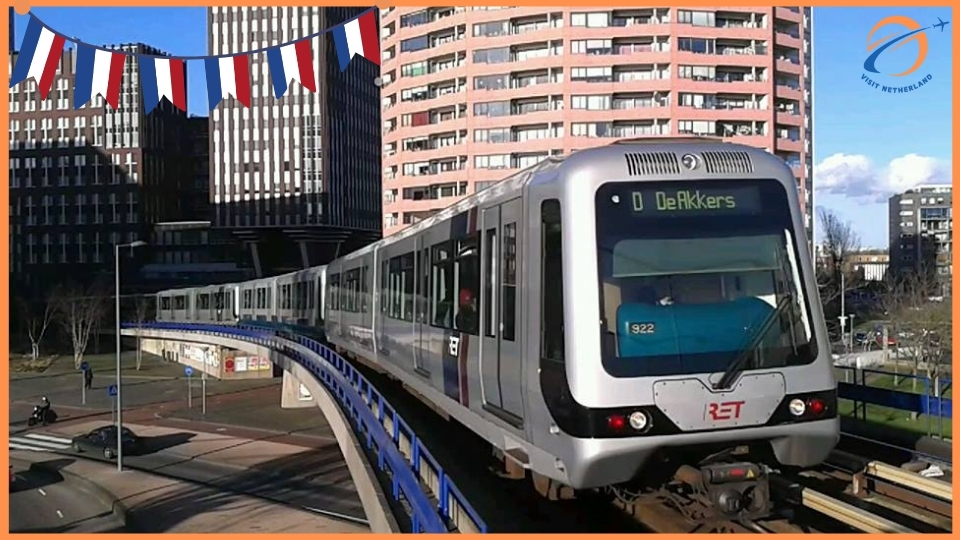
While the metro network is not as extensive as in some other countries, cities like Amsterdam and Rotterdam boast efficient metro systems that make traveling across their metropolitan areas simple.
Amsterdam Metro:
Connects suburbs to the city center.
Operated by GVB with lines 51, 52, 53, and 54 being the most frequented.
Rotterdam Metro:
Part of the RET system, with five lines serving the city and neighboring towns.
Metro tickets can be bought using your OV-Chipkaart, or if you’re a tourist, day passes are also available.
5. Ferries: Crossing Waterways in Style
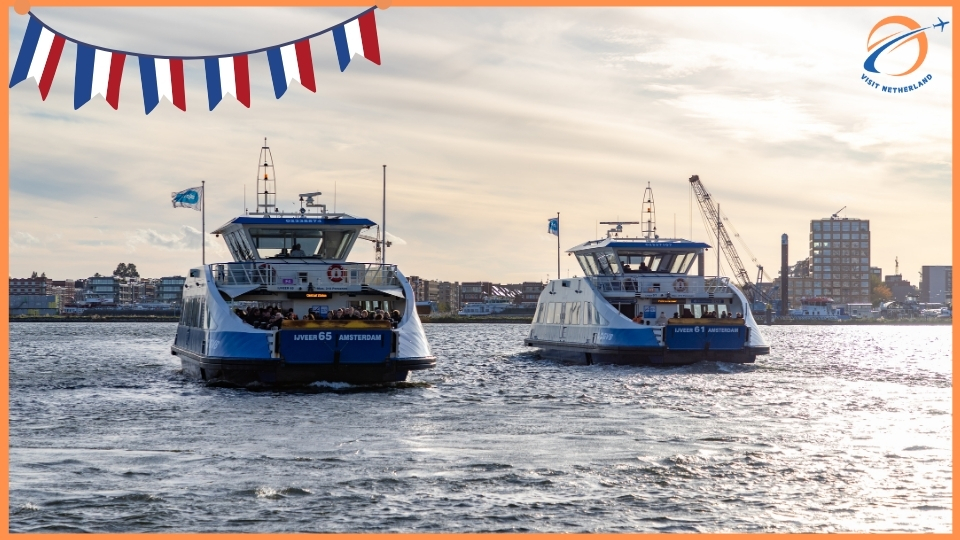
A typical Dutch landscape with canals and rivers brings ferries into the public transport environment, notably in Amsterdam and Rotterdam. Many of these ferry services are free for pedestrians and cyclists, providing a panoramic route across the water.
Amsterdam Ferries:
Free ferries cross the IJ River, connecting Amsterdam Noord with the central part of the city. These ferries operate regularly and are a favorite among both locals and tourists.
Rotterdam Ferries:
Ferries link various parts of the city, and tickets can be purchased on board or by using the OV-Chipkaart.
6. Public Transport Apps: A Must for Hassle-Free Travel
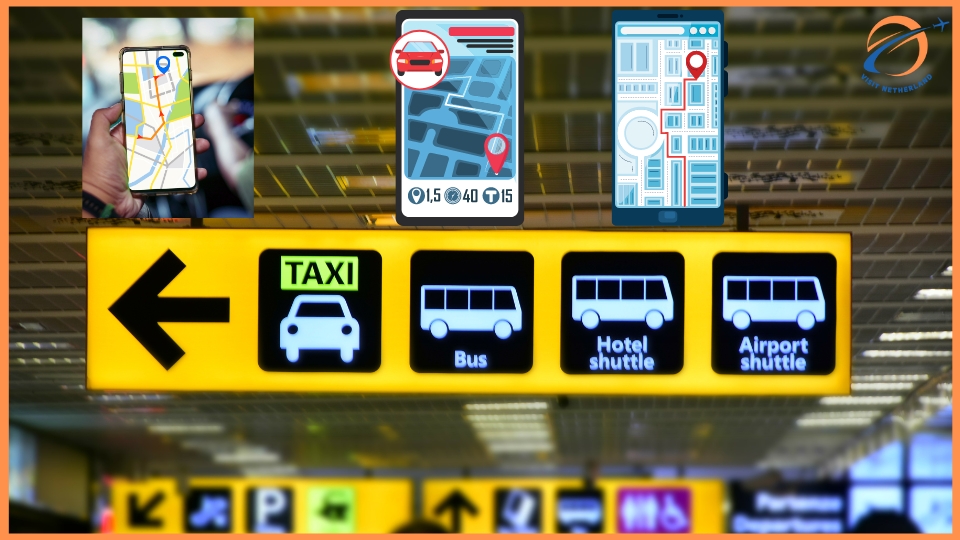
To make navigating Dutch public transport even easier, there are several helpful apps:
9292: Offers real-time journey planning for all public transport across the country.
NS App: A must for train travelers, providing live updates on train schedules and platforms.
GVB App: Covers all trams, buses, and metros in Amsterdam.
These apps can be used to plan routes, check delays, and even purchase tickets. Having them on your phone will ensure you’re always up-to-date on your travel plans.
7. Tips for Tourists Using Public Transport
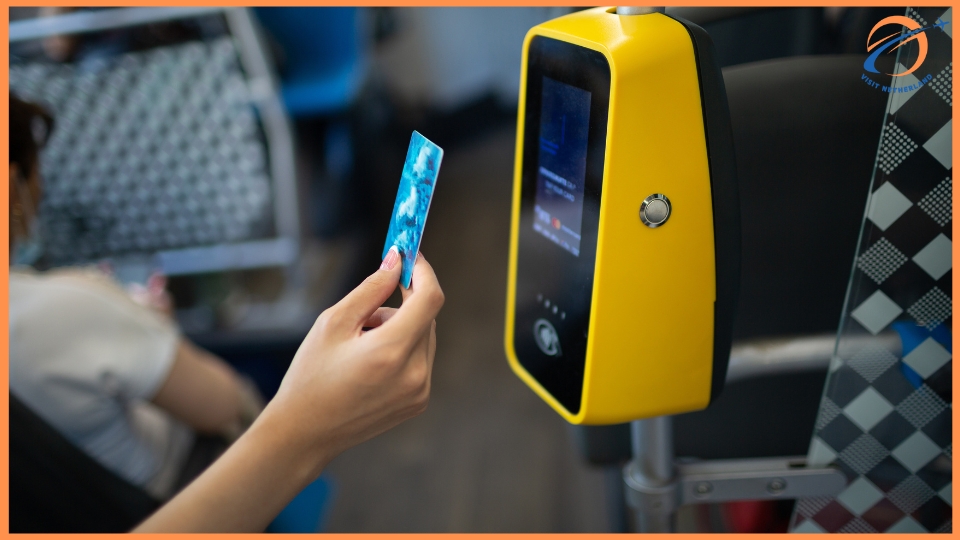
Avoid Rush Hours: Public transport is busiest during commuter hours. If you’re visiting, try to travel outside these times for a more relaxed experience.
Mind the Gap: When boarding trains and trams, pay attention to the gap between the platform and the vehicle. It can be wider than expected.
Be Aware of Bicycles: The Netherlands is a cycling nation. Be cautious when walking near tram tracks or crossing the street, as cyclists often have the right of way.
Keep Your Ticket Handy: Inspectors can check your ticket at any time, so ensure you’ve tapped in with your OV-Chipkaart or have a valid ticket.
Public transportation in the Netherlands is among the most efficient and accessible in the world. Be it tram hopping in Amsterdam, ferry crossing in Rotterdam, or train travel between cities, the system is made to take care of every traveler’s needs. With an OV-Chipkaart in hand and the right apps on your phone, getting around becomes a piece of cake.
